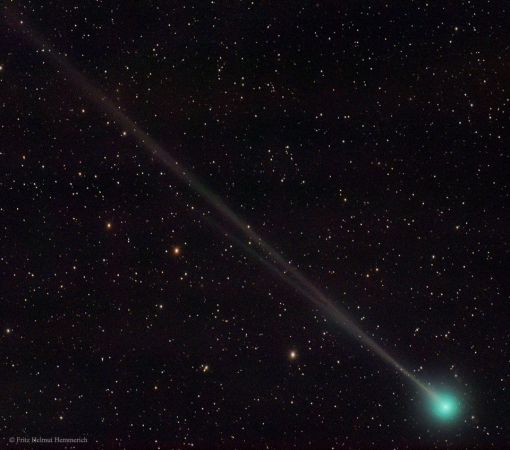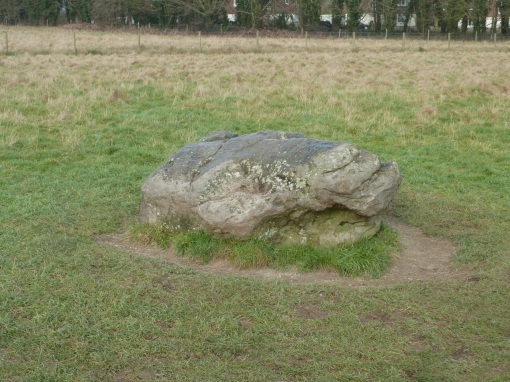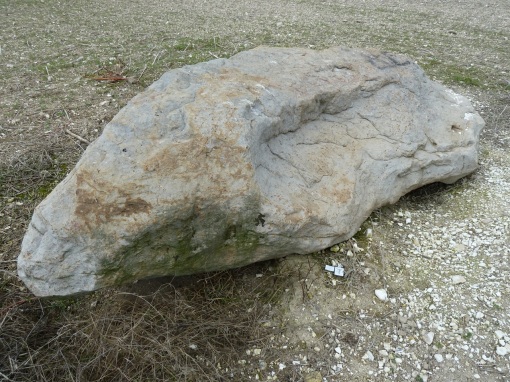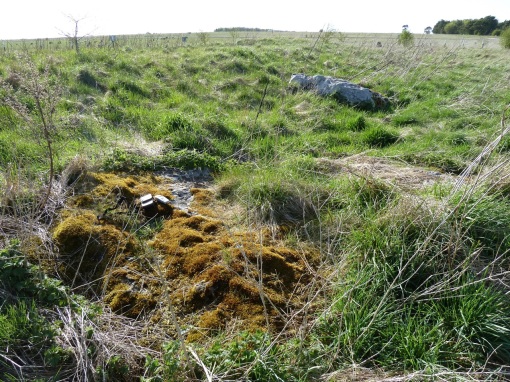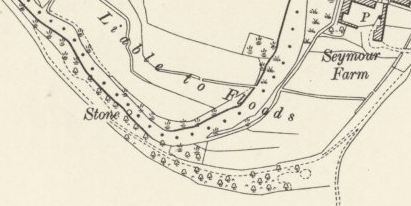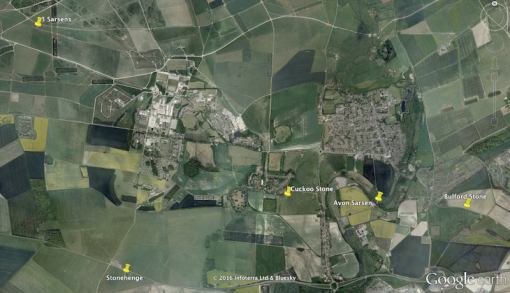The Spring Equinox in 2017 falls on March 20th and occurs at 10:28am GMT. The time is for the instant when the Sun crosses the celestial equator moving northwards and has a celestial longitude of 0°. Everywhere on Earth has a day and night of almost equal length and it marks the beginning of the northern spring season.

Druids and Pagans enjoying the Equinox sunrise celebrations at Stonehenge. Copyright
There is considerable debate in the archaeoastronomy community as to whether the Equinox had any special meaning for the builders of Stonehenge. They had no accurate clocks by which they could determine when the day and night were almost exactly equal and discovering the mid-point between the Winter and Summer solstice can be done in a couple of obvious ways.
You can count the days and divide by two. Or you can mark the summer and winter sunrise positions along the horizon and divide that line into two equal parts. These two methods give different results.
For example, counting the days between Winter Solstice 2016 (December 21st) and Summer Solstice 2017 (June 21st) gives 182 days. Half of that is 91, meaning the midpoint would fall on March 22nd 2017 – two days after the actual Equinox.

The time is for the instant when the Sun crosses the celestial equator moving northwards and has a celestial longitude of 0°
Using the “divide the horizon” approach causes an additional problem – at the Solstices do you mark the first gleam of the Sun appearing, the point when half of it is above the horizon or when it has fully risen and the full orb is standing exactly on the horizon?
The difference in position between using “first gleam” and “full orb” is about 1.5° because the Sun rises at an angle. As a result the halfway position could be 0.75° different depending on your choice and that is one and a half times the width of the Sun’s disc, potentially putting your Equinox out by a day or so.
In any event, there is no alignment through Stonehenge for the Equinox and what’s more there isn’t even a clear sightline directly through the monument that runs true East-West towards the Equinox sunrise position, in the way that there are clear sightlines for the Solstice sunrises and sunsets.
That doesn’t mean you can’t get a nice photo of an equinox sunrise when it’s clear, because you can.

English Heritage Charitable Trust allows everyone in to the centre of the monument for the Spring Equinox sunrise, in the same way that they do for the Autumn Equinox and the two Solstices, through their “Managed Open Access” events. It’s one of only four occasions in the year when open access is allowed.
It’s worth checking with their customer services department (0370 333 1181) a week or so ahead because sometimes they set the actual day of the open access to be different to the day when the Equinox occurs.
Equinox open accesses attract fewer people than the Solstices – in the several hundreds rather than tens of thousands – and there are modern Druid ceremonies which are held in the circle around dawn, so if you prefer a quieter experience then attending an Equinox is a good choice.
If you do visit Stonehenge on the Equinox please respect the special terms of entry and read this blog: ‘Respecting the Stones’
If you are considering visiting Stonehenge for the Solstice or Equinox celebrations you can join a specialist organised small group tour. Use a only a reputable tour operator who respect the conditions of entry. Stonehenge Guided Tours are the longest established company offering award winning discreet tours from London. Solstice Events offer small group sunrise tours using only local expert guides.
Article by guest blogger and local Stonehenge historian Simon Banton
The Stonehenge News Blog
Follow us on Twitter and Facebook for all the latest Stonehenge News
http://www.Stonehenge.News
 which survival depended both physically and culturally: knowledge of thousands of animals and plants, astronomical charts, vast navigation networks, genealogies, geography and geology … the list goes on and on. How did they remember so much? And why does this explain the purpose of ancient monuments including Stonehenge, Easter Island and the Nasca Lines? Can we use these memory methods in contemporary life?
which survival depended both physically and culturally: knowledge of thousands of animals and plants, astronomical charts, vast navigation networks, genealogies, geography and geology … the list goes on and on. How did they remember so much? And why does this explain the purpose of ancient monuments including Stonehenge, Easter Island and the Nasca Lines? Can we use these memory methods in contemporary life? The new British Archaeology, which went live online today (February 8), reports significant new discoveries near Stonehenge, among them the grave of a man who might have seen the earliest megaliths erected at the site.
The new British Archaeology, which went live online today (February 8), reports significant new discoveries near Stonehenge, among them the grave of a man who might have seen the earliest megaliths erected at the site. Cremated remains of over 100 people were buried at the first Stonehenge, from 3100BC – the largest cremation cemetery in prehistoric Britain. Human remains of this age are otherwise rare in the world heritage site, or across Britain as a whole. So it is noteworthy that the man buried at West Amesbury, who was not cremated, probably saw funerals at Stonehenge quite different to his own.
Cremated remains of over 100 people were buried at the first Stonehenge, from 3100BC – the largest cremation cemetery in prehistoric Britain. Human remains of this age are otherwise rare in the world heritage site, or across Britain as a whole. So it is noteworthy that the man buried at West Amesbury, who was not cremated, probably saw funerals at Stonehenge quite different to his own. Five pits in the chalk contemporary with the henge’s origins contained huge amounts of artefacts. These include quantities of Peterborough pottery, in large fresh sherds, all in the Fengate style (one of these pits has more pottery in it than the whole of prehistoric Stonehenge).
Five pits in the chalk contemporary with the henge’s origins contained huge amounts of artefacts. These include quantities of Peterborough pottery, in large fresh sherds, all in the Fengate style (one of these pits has more pottery in it than the whole of prehistoric Stonehenge). Hitherto, discussions about the…
Hitherto, discussions about the…
